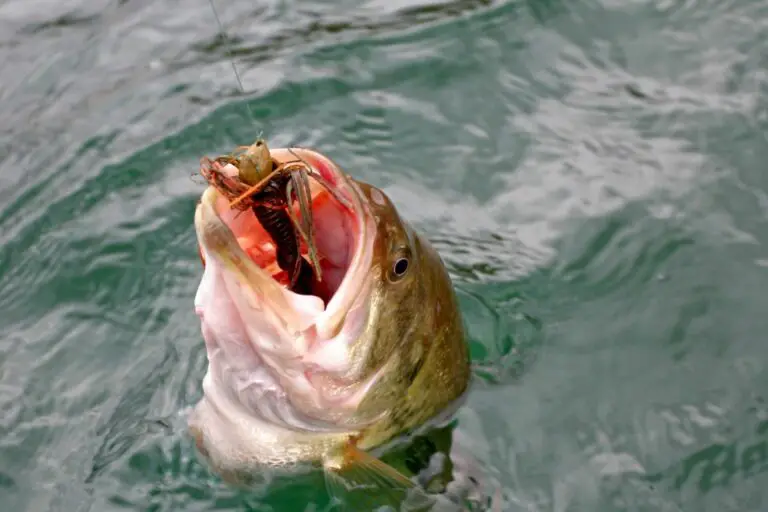How to Fish For Bass From Shore? A Guide From Experience
Who said you can’t enjoy fishing for trophy bass without being literally on the water? You can definitely catch big bass by casting your bait from shore. With the right gear, location, and technique you can enjoy a family fishing day on the nearby bank.
How to fish for bass from shore? To fish for bass from shore you need to target rocks, stumps, or brush you see along the shore with a variety of lures such as crankbait, swimbait, live bait, or spinnerbait. You need both a light tackle and a heavy one to mix and match until you get it right.
Keep reading to know more about bass fishing and how a beginner can catch it from shore. After you’re done reading, make sure to also upgrade your gear by checking my picks for the best bass fishing rods you can get here. These are the rods you’ll need to give you an advantage, so make sure to check them out.
Table of Contents
How To Fish From Bass From Shore

Fishing from shore is a must-have experience for everyone enthusiastic about catching bass. It differs from fishing on a boat and requires a change of tactics but the results are worth it.
Catching bass from shore has its advantages as well (1) It places you right on top of the fish that are sitting along the banks; (2) the wind, waves, and current do not shift you around as they do in a boat; and (3) the unusual casting angles you can make from the bank is much more effective.
To catch bass from shore you need two different tackles; for larger baits, you’ll need a strong baitcasting rod and reel, and another strong spinning rod and reel for finesse fishing with lighter baits. No matter what tackle you choose you must pay attention to its cast ability. The further and more accurate you can cast, the better.
Once you have your tackle ready get ready to hit the shore. When you get there, walk quietly to your place, stay low, and try not to spook any nearby trophies. Be aware of your environment and aim to gauge the water before making your first cast.
It’s advisable that your first cast should be at the 9 o’clock position. Then, cast each hour until around 3 o’clock position. Make sure to test these positions with a variety of lures, speeds, and retrieval depth to be able to reach the bass where they are
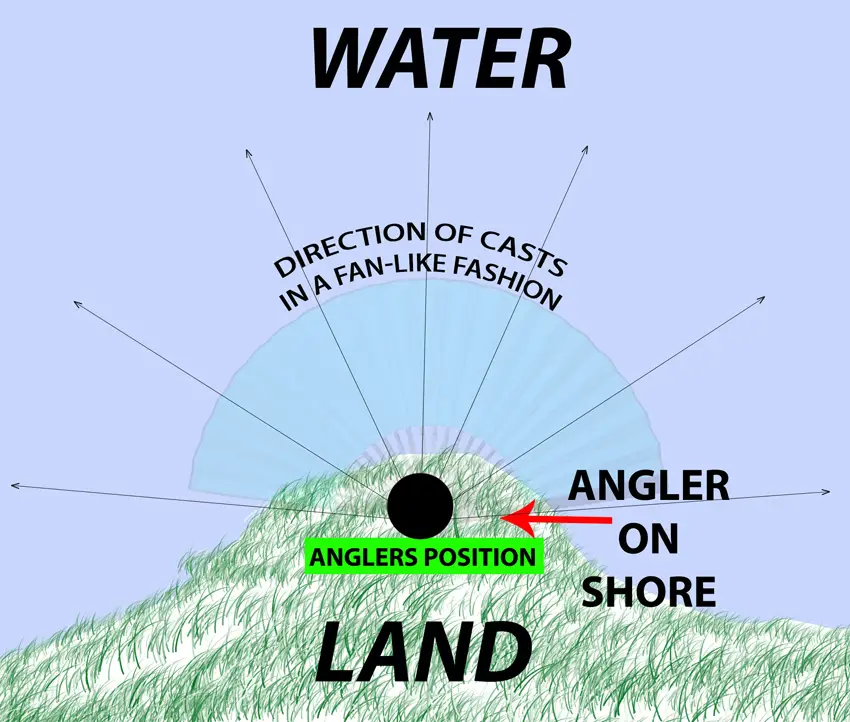
The best lure for bass fishing from shore
Spinnerbait
Spinnerbait is unquestionably one of the best bass fishing lures that you can use with a guarantee that you catch trophy bass from shore. It works well in rivers, lakes, and reservoirs. They can be fished in any condition and work year-round.
The spinnerbait has a smooth, flowing action that mimics a swimming baitfish. Its blades cause vibration and flash making it stand out especially in muddy waters and dark circumstances. They can be fished around docks and heavy cover.
Ned rig
If you want to catch a lot of bass from the shore, the Ned Rig is an excellent option. It’s ideal for beginners because it’s easy to use and produces fantastic results. The Ned Rig is a fine-tuned bass fishing technique that usually consists of a small mushroom-style jig head combined with a worm or creature bait of your choice.
The only disadvantage of the Ned Rig is that it seems to get hung up and isn’t suitable for fishing in areas with a lot of brush, so save it for clear weedless rivers and lakes.
Crankbaits
Both lipless crankbaits or square-bill crankbaits produce great results when used to catch bass from shore. Try Yo-Zuri Squarebill. It has a flat side and it’s super effective in fishing the shallow rock. Choose it in shad shades such as citrus shad, red crawfish, and chartreuse.
Lipless crankbaits are more flexible and perform better in deeper water. You can cast them on the lower, middle, or top of the water column making it ideal for lots of situations. You can learn more about Crankbaits in this Jerkbait vs crankbait comparison.
How Do You Know Where To Fish For Bass?
Spring
Since bass spawn in the spring, they tend to move to the shallow and can be found around shorelines with a hard bottom. Look for shorelines with any gravel and cover in the backs of pockets or coves. Also, keep an eye out for cool gravel flats with shelter.
Stand back from the shoreline and make casts to the rocks, stumps, or brush you see along the shore. Make sure to vary your retrieval speed but keep your lure in the strike zone; the shallows.
Summer
Bass concentrate on one of two places in the summer; spots with shades or shallow vegetation. Bass are cold-lover creatures, so they tuck under stuff to ambush prey. Bass will also go deep to find cooler water.
Look for banks with deep water drop-offs and areas where you can access deep water bass from the shore. In the early morning or late evening, bass will switch from deep water to shallow water to feed. When shore fishing for bass, now is the time to use topwater to cover a lot of water.
Fall
Fall is a great time for shore fishing because bass will move in shallow to feed on bluegill and crayfish in these areas.
In the fall, it’s a good idea to stay by shorelines with bait and forage. Inlets, where current flows into the bay, are excellent places to begin your search. This time of year, baitfish congregate in the backs of coves where creeks and freshwater enter the bay.
Winter
Winter can be a little challenging in shore fishing for bass. In the winter, bass swims deep to seek shelter and become relatively inactive, but the probability is still there so don’t give up. Look for deepwater drop-offs and rip rap banks that can hold some heat. You can check more tips for fishing bass in cold water here.
Bass Fishing Tips For Beginners
Here’s a list of pro-tips that can help you if you’re a beginner who is excited about catching bass on your next trip:
- Target the hours between 2 p.m. and sunset. During these hours the sun has warmed up the water, the baitfish are active, and the bass is moving around to feed.
- Spinnerbait for windy days. It is at its best when there is a little bit of wind and when the bass are out chasing bait.
- Keep quiet in spring. Bass moves to the extreme shallow in spring to spawn and any slight noise may spook them off.
- Mix and match. Having two different sets of rods and reels with you allows you to vary your retrieve, technique, line type, fishing environment, and lure choice.
- Carry a pair of polarized sunglasses when shore fishing. They’ll protect your eyes from the sun and those uncontrollable casts and help you to see through the water.
- Fish before the storm. The pressure causes the bass to become more active, so keep an eye out for a wall of clouds coming in. Bass are unlikely to bite when the weather is too nice.
- Be persistent. You must keep tapping at it until it bites your hook. Bass put themselves in cover and choose lures posed to them from various angles.
Related Questions
Is It Effective To Fish For Bass In The Low Tide?
No, it’s not effective to fish for bass in the low tide. The severe lack of water and its slow movement will drive the bass to swim to better places. Generally, the best tide for fishing is a moving tide.
Do Bass Remember Being Caught?
Yes, bass remember being caught. Studies have found that fish do have a memory, If a bass is hooked on a spinnerbait one day, catching them on the same lure the following day is almost impossible. They remember and become more cautious.
Helpful Resources
Big Book of Bass: Strategies for Catching Largemouth and Smallmouth – ( you can also check it on Amazon here)

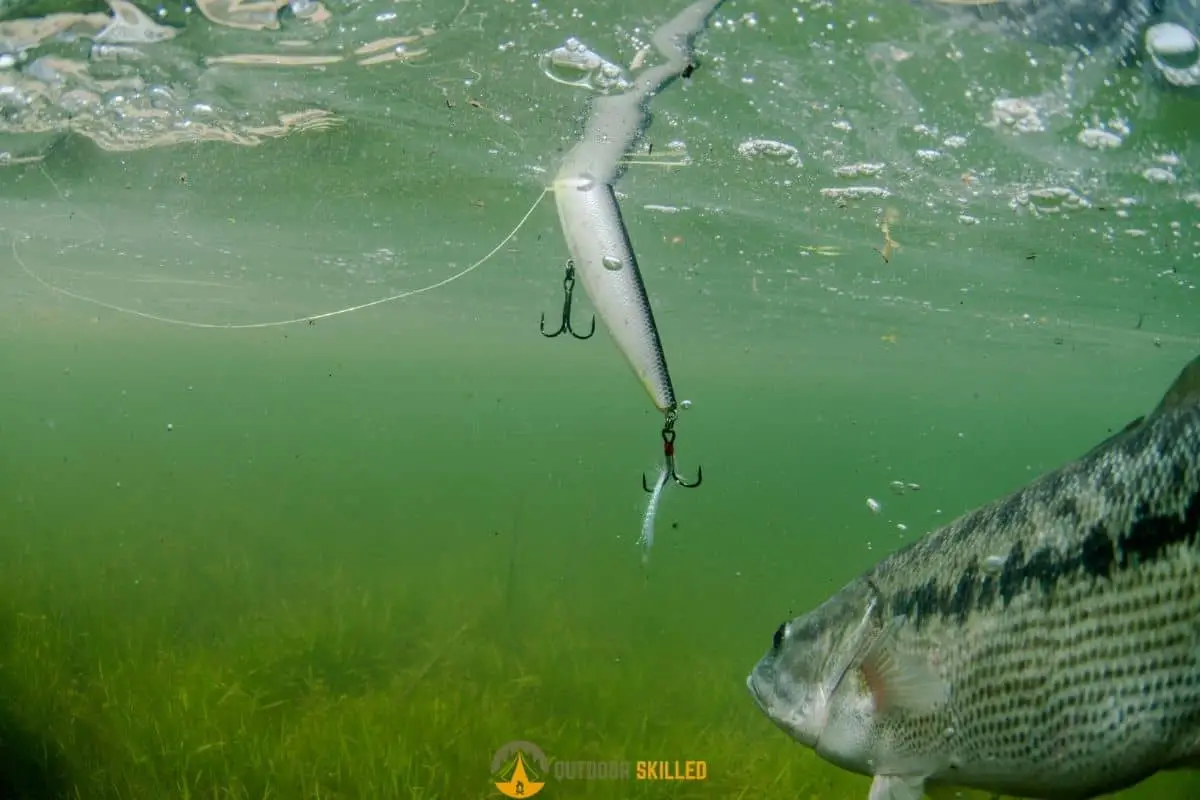
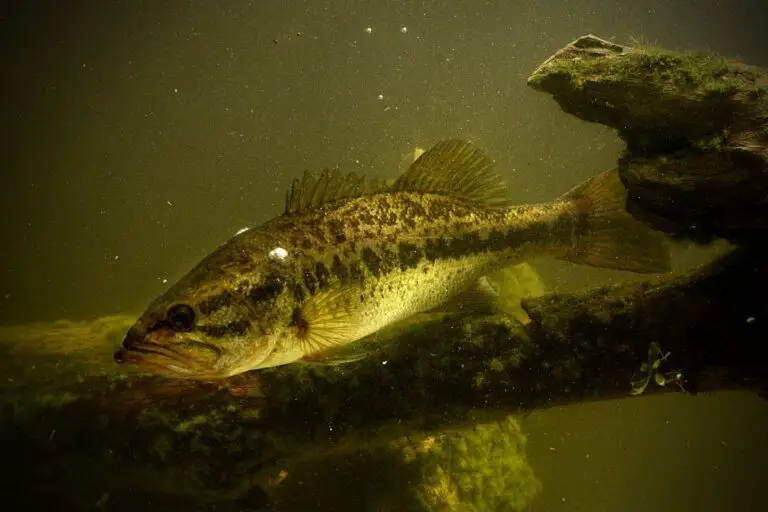
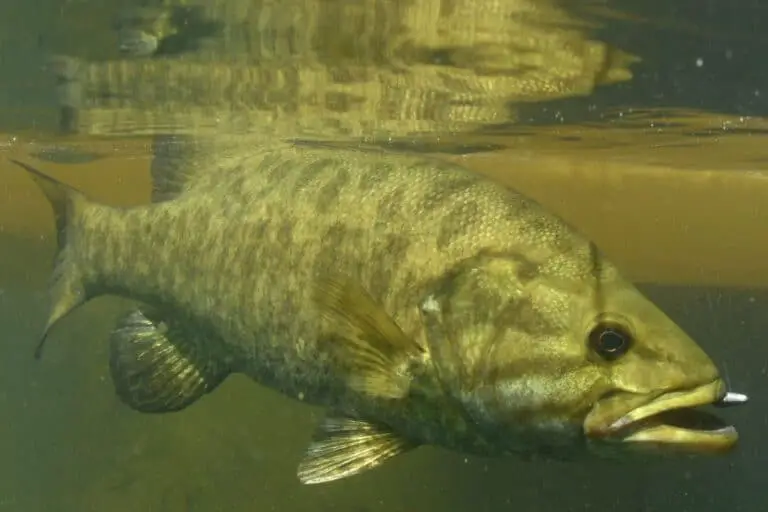
![Why Are Bass Boats So Fast? [Simply Explained]](https://outdoorskilled.com/wp-content/uploads/2021/11/bass-boat-speeding-768x512.jpeg)
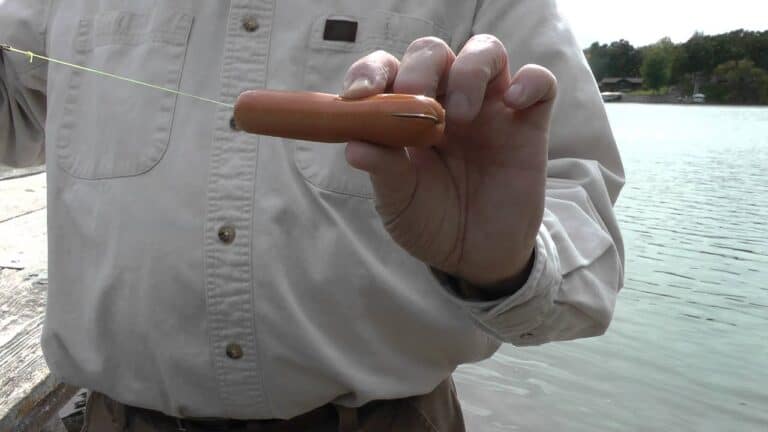
![Why Do Bass Have Red Lips? [Explained Simply]](https://outdoorskilled.com/wp-content/uploads/2022/06/bass-fish-2-768x512.jpg)
